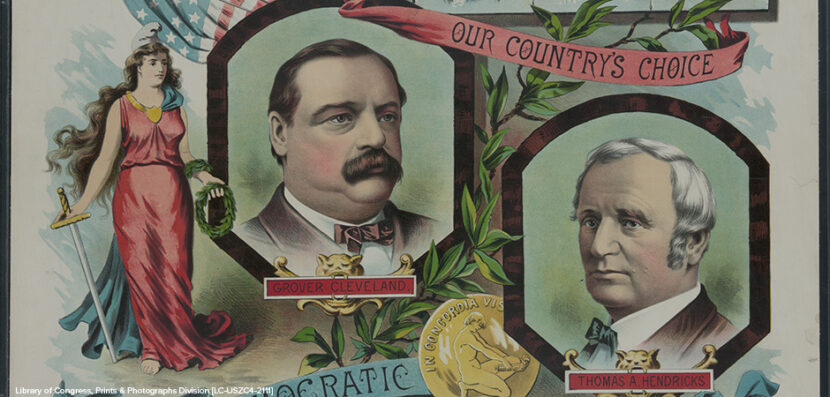
Biden’s Running Mate?
Imagine that you are Joe Biden, the presumptive Democratic nominee for president. Aside from having to figure out how to run a presidential campaign in the middle of a nationwide health crisis, you need to choose a running mate–a vice president partner to campaign with you. What factors should you consider, especially when vice president is a job you once held yourself? Here, Election Central explores what goes into selecting a vice president, and what Biden should think about when making his decision.
Filling the Gaps
Obviously, a lot goes into the choice of a vice presidential running mate. In general, a presidential candidate will choose a running mate who will make up for some of the candidate’s existing weaknesses, or who will appeal to a different or wider set of voters. For example, in 2016, Hillary Clinton chose Tim Kaine, who is a senator from Virginia–an important swing state. Kaine also spoke Spanish and had ties to the African American community because he was a civil rights lawyer. In addition, as the son of a welder, Kaine had appeal for blue-collar Americans that might not have initially voted for Clinton.
Similarly, Donald Trump chose former Indiana governor Mike Pence for his perceived calm and steady nature, which balanced out Trump’s more erratic and unpredictable personality. Pence was also an established politician with experience as the executive leader for a state. And he was favored by Republican voters. It is also important that a presidential and vice-presidential candidate agree on their values and political policies, even if they don’t always agree about the best way to accomplish them. For example, Clinton and Kaine were both Ivy League-educated lawyers with similar political points of view.
What About Biden?
When choosing a running mate, Joe Biden also must consider his weaknesses and try to find someone to fill in those gaps. And so far, he seems to be doing this. Early on, back when Biden was just one of many candidates still in the race for the Democratic Party’s nomination, he said that he had only two qualifications for his vice presidential pick: first, that it be someone younger than himself (Biden is 77), and second, that the person is ready and able to take over as president on day one. Since then, he has also added that he will likely choose a woman. When you consider that many Democratic women are still disappointed that all six of the initial female candidates eventually dropped out of the race, this is likely a smart move by Biden.
But a vice president must do more than just help a presidential candidate get elected. Eventually, if elected, he or she will have to hold the second-highest office in the nation’s government–or even the highest, if something happens to the president. In 2016, Hillary Clinton also selected Kaine because of his reputation as a team player and consensus-builder, which–had she been elected–would have helped her to accomplish her goals with a bipartisan Congress. As a former vice president himself, Joe Biden has a unique understanding of this relationship. Also, because of his age, he may not choose to run for a second term. So whomever Biden chooses will likely be in a position to run for president themselves in four years.
Joe Biden’s team is currently vetting more than a dozen potential candidates, and plan to reach a decision in July.


